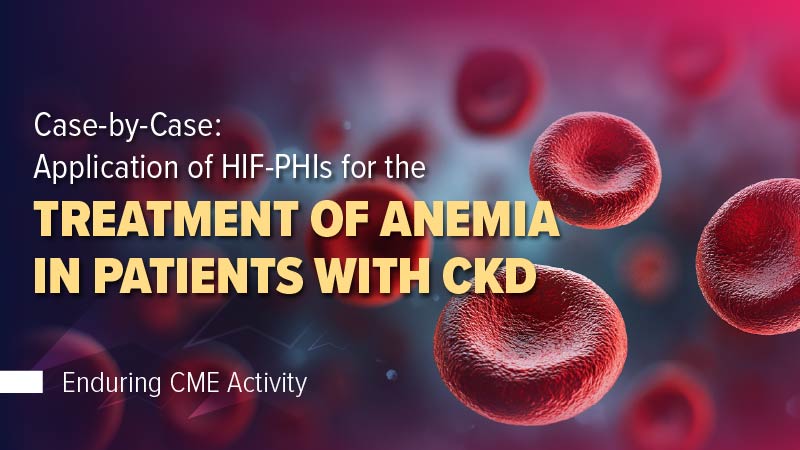
Dr. Jacob Taylor discusses study of imaging modalities for evaluating microhematuria
“The readers of our paper should really understand that in microhematuria specifically, a lot of the recommendations are based on small amounts of data,” says Jacob Taylor, MD, MPH.
In this video, Jacob Taylor, MD, MPH, discusses notable findings from the study, “Diagnostic Imaging in the Evaluation of Asymptomatic Microhematuria: Systematic Review and Meta-Analysis.” Taylor is a fellow in urologic oncology at the University of Texas Southwestern Medical Center in Dallas.
Transcription:
I think the most notable findings were that the evidence in this space, particularly for microhematuria specifically in the diagnostic work-up for upper tract urothelial carcinoma, is fairly sparse. Out of the thousands of studies that we pulled in our initial review, we reviewed 20 papers for qualitative assessment. Only 6 papers met the necessary criteria, which meant that they had quantitative numbers for us to include in our meta analysis. So the data were pretty small. Only 1 study was included as a point estimate for sensitivity and specificity, evaluating CT urogram in microhematuria patients alone. And in this study, the sensitivity and specificity for upper tract was 80% and 86% respectively. And again, that was just in 1 study. So there were not a lot of data here. The readers of our paper should really understand that in microhematuria specifically, a lot of the recommendations are based on small amounts of data.
This transcription was edited for clarity.
Newsletter
Stay current with the latest urology news and practice-changing insights — sign up now for the essential updates every urologist needs.


















